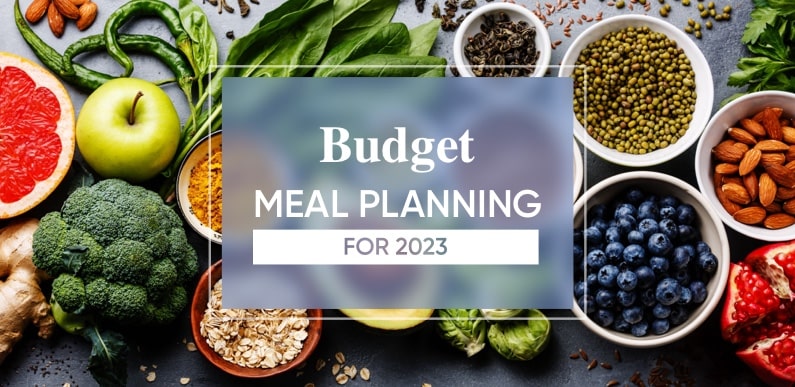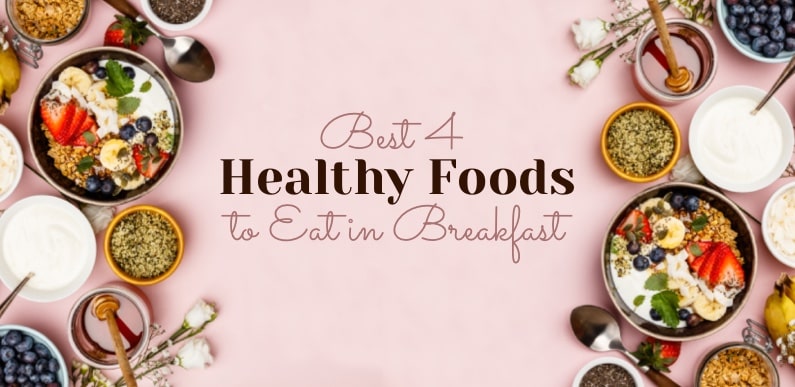Can you recognize added sugars in your food?
Recognizing added sugars can be confusing.
The Nutrition Facts label on packaged foods and drinks currently displays the total amount (in grams) of all sugars found in a product. This number includes both natural and added sugars.
However, the Food and Drug Administration is updating the Nutrition Facts label to help you identify how much sugar is added to foods. You can expect to see a new line for added sugars (reported in grams and percent daily value) on all Nutrition Facts labels in the future.
In the meantime, the only reliable way to identify added sugars is to look at the ingredient list. Ingredients are listed in descending order by weight. If you see sugar listed in the first few ingredients, then the product is likely to be high in added sugars.
Different names for added sugars:
Sugar goes by many different names, depending on its source and how it is structured. This can also make it hard to identify added sugars, even when you read ingredient lists and food labels.
Check for ingredients ending in “ose”. It is the chemical name for many other sugar types, such as fructose, glucose, maltose, and dextrose.
Here is a list of other common types of added sugars:
• Cane juice and cane syrup
• Corn sweeteners and high-fructose corn syrup
• Fruit juice concentrate and nectars
• Honey
• Malt or maple syrup
• Molasses Despite what you may have heard, there is no nutritional advantage to honey, brown sugar, or other types of sugar over white sugar.
How to reduce added sugars in your diet?
To reduce the added sugars in your diet, try these tips:
• Drink water, other calorie-free drinks, or low-fat milk instead of sugary sodas or sports drinks. That goes for coffee drinks, too.
• When you drink fruit juice, make sure it is 100 percent fruit juice and not juice drinks, which have added sugars. Better yet, eat the fruit rather than drink the juice to get the fiber as well.
• Choose breakfast cereals with less sugar. Skip sugary and frosted cereals.
• You should opt for reduced-sugar varieties of syrups, jams, jellies, and preserves.
• Choose fresh fruit for dessert instead of cakes, cookies, pies, ice cream, and other sweets.
• Buy canned fruit packed in water or juice, not syrup. If you do, purchase fruit packed in syrup, drain, and rinse it with water to remove excess syrup.
• Choose nutrient-rich snacks such as vegetables, fruits, low-fat cheese, whole-grain crackers, and low-fat, low-calorie yogurt instead of candy, pastries, and cookies.
Click here https://fns360.live/category/nutrition/ to read more blogs on Diet and Nutrition.






